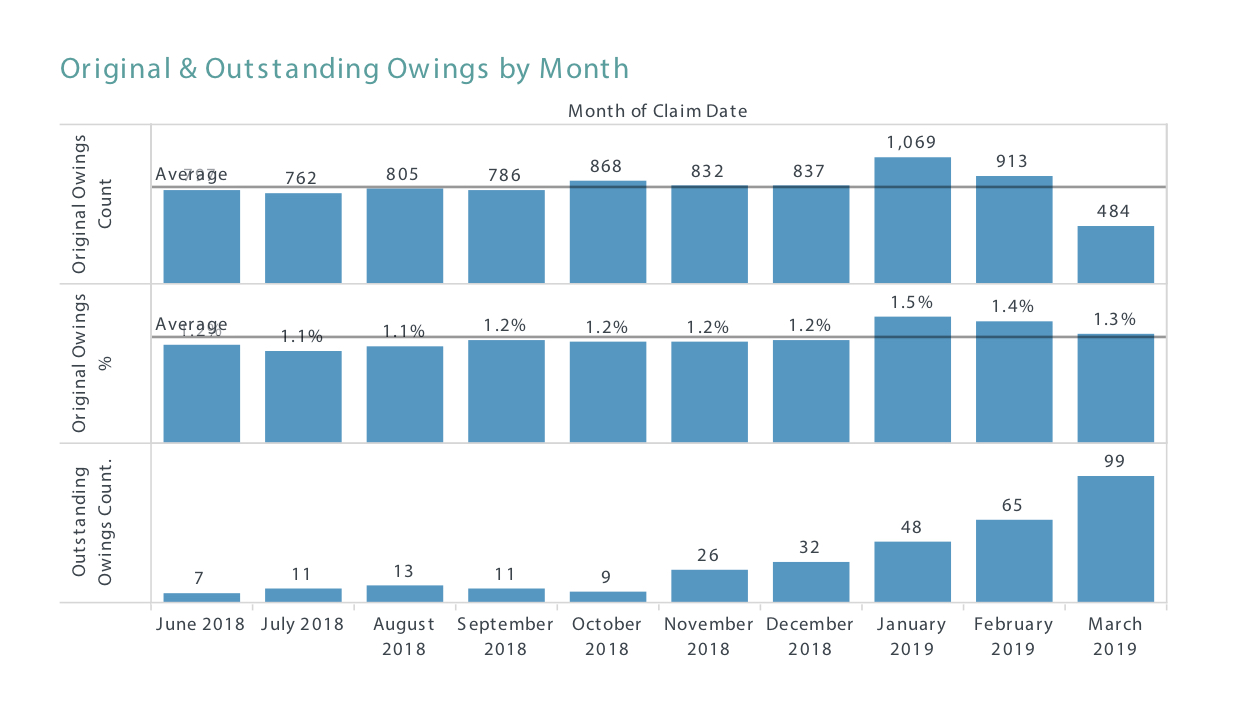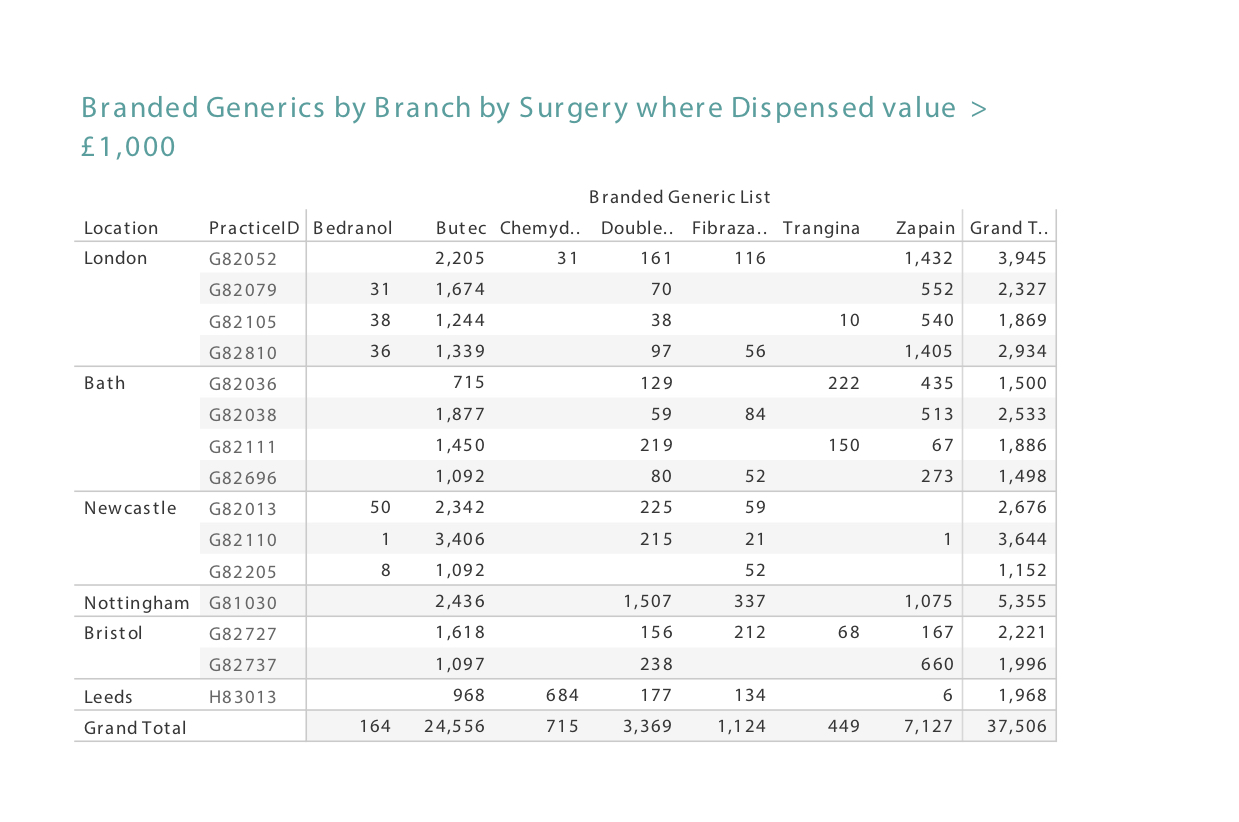Cashflow boosters complete top tip checklist
In Running Your Business
Follow this topic
Bookmark
Record learning outcomes
We’re still focused on quick revenue wins, improved patient care and increasing efficiency in areas where timely and detailed information are the key to making better decisions. Here, then, are the final five.
16. Unload unprofitable care homes
It can be difficult to get a handle on the profitability of a care home, as it’s easy to overlook the hidden extras such as sheets and trays, and make errors when factoring in time. However, if you can analyse the price paid for the medicines dispensed in a home and capture the other costs accurately, you can calculate the profitability, or not, of each one. The Drug Tariff and concession price at time of dispensing are needed, while on the cost side you need to combine fees, and wholesale and procurement discounts.
17. Negotiate better prices where the price is greater than Drug Tariff

Comparing your cost prices with the actual prices paid will enable you to see if you are dispensing any medicines above the Drug Tariff price. Lower volume medicines are less likely to be negotiated and are likely to cost you margin. Monitoring the exceptions and outliers will ensure you have the information to hustle suppliers for more.
18. Review supply chain shortages, focusing on key margin products and concessionary prices

Review owings by product in order to see where you are experiencing shortages. It is important for buyers or to keep a constant eye on the shortages, key lines and concessionary priced products, in order to minimise damage to margins.
Figure 1 shows a shortages report for the last 12 months while figure 2 drills down to a product summary for the month. Clarity around where precisely your mainline wholesaler may be letting you down can be a negotiation tool.
19. Claims for safeguarding payments
Monitor the dispensing trends for each of your surgeries. You should be able to see if any of them are increasing their prescription durations on a significant number of their prescription items.
20. Review use of branded generics

If your local surgeries are prescribing branded generics, they will probably be hurting your margin signficantly. In some cases, a branded generic may be even be costing you money to dispense. To those promoting the use of branded generics, they can look like a good deal if they don’t understand the reimbursement system in detail. A report like the one at Figure 3 will provide visibility of branded generic prescribing and make it possible to discuss alternatives with these surgeries, or procure discounts from manufacturers. And if the CCG is taking your margin and there is little you can do about it, you are at least better off knowing what is going wrong.
This 20 point checklist should be only the beginning. Try new things. It can be easier to implement 90 per cent of something new than get 5 per cent more from an existing activity. Just keep on top of these 20 points all of the time, and ensure monitoring reports get to key stakeholders in a timely manner. Data analytics has made this possible, and is setting new benchmarks for how sophisticated UK pharmacy is becoming.
